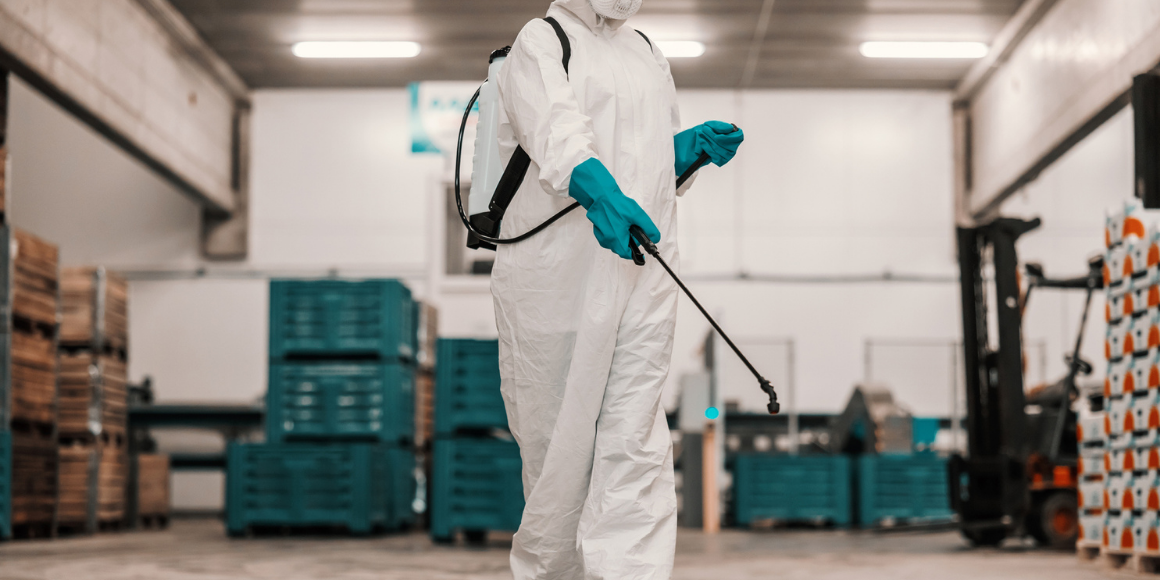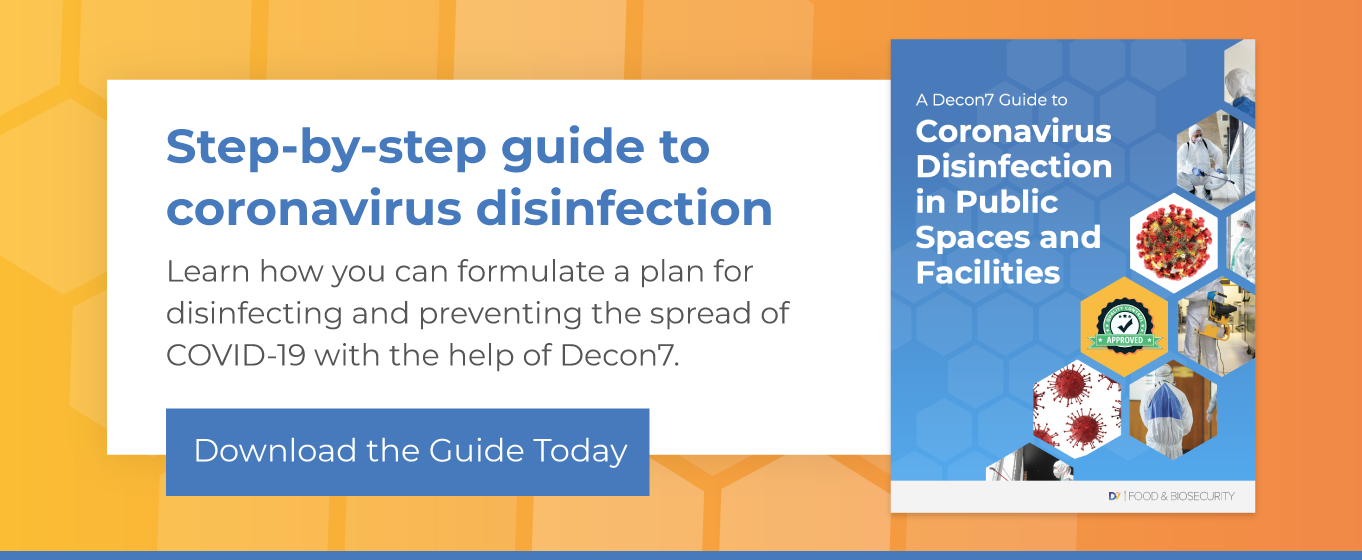
Throughout the COVID-19 pandemic, people developed a newfound awareness of how disease spreads. There is now a better overall understanding of why it’s important to maintain good sanitation standards, especially in public or shared spaces. Although COVID-19 restrictions have loosened as vaccines roll out, there are some best practices we should continue to implement post-pandemic.
For example, maintaining diligence in sanitation can prevent the spread of other diseases that contribute to absenteeism in workplaces and schools, such as the flu. As the world transitions out of the pandemic, we should keep these sanitation best practices as the new gold standard.
Clean and Disinfect Systematically
The first step in maintaining this new standard is understanding the differences between cleaning, sanitizing, and disinfecting. This is important for multiple reasons. First, disinfection is the only approach that eliminates the presence of both bacteria and viruses. Additionally, some disinfection products require a cleaning step prior to application to be effective. Without understanding the differences between these steps, the job may not be fully complete.
Focus on regular disinfection of frequently-touched surfaces, as this is where the spread of pathogens is most likely to occur through touch transfer. Make a list of these surfaces, which may include handrails, door handles, office equipment, or kitchen appliances.
One way to ensure that regular disinfection occurs is by creating a schedule and mechanisms for ensuring it’s followed. When there are no clear assignments of responsibilities, it’s easy for cleaning to fall through the cracks. Whether you use a paper checklist or a digital system, make sure people know which tasks they are accountable for and keep a record for future tracking.
Deep Clean Periodically
In addition to maintaining a regular cleaning and disinfection schedule, it’s important to conduct a periodic deep cleaning to address areas that are not as visible. For HVAC systems and ductwork, consider bringing in a professional or conducting specialized training for the in-house staff that will handle it.
Periodic deep cleaning should also include surfaces that are not treated during daily disinfection, such as walls, office equipment, or chairs. Depending on the type of workplace, you might need to treat drains and other hidden areas where bacteria and viruses might live.
Encourage Smart Behaviors
Many people have formed new hygiene habits as a result of the pandemic, and it’s important to continue encouraging them. These habits include:
-
-
- Washing hands frequently
- Disinfecting surfaces
- Wearing a mask when sick
- Staying away from others when sick
-
Use signs and other communication methods to remind people to frequently wash their hands, including instructions for best practices. Provide the necessary products and equipment to make it easy for people to keep their work surfaces clean. When possible, allow for a flexible work environment so employees can stay home when they’re not feeling well.
Choose the Right Products
Although many people feel good about a product that claims to kill 99.9 percent of bacteria and viruses, there are much more effective products available. Take a moment to learn more about the log kill rates of the products you are considering and factor them into your decision.
Another factor to consider is the contact time required for a product to be effective. Not all products are the same, and some may require up to 10 minutes of contact time to be fully effective. The reality is, not everybody will follow this guideline, so look for products with a short contact time.
No matter what products you choose, make sure they are EPA-registered disinfectants. Disinfectants that are registered with the EPA must go through a rigorous testing process, so you can be confident they will live up to their label claims. The claim percentage is only for specific pathogens so make sure it treats what is commonly found in your workspace.
Train Employees
Although many people are used to a high standard of cleaning and disinfection, that doesn’t mean they know how to properly achieve it. Take time to train employees on the application methods—including any necessary product mixing and minimum recommended contact times—for products you plan to use.
If personal protective equipment (PPE) is required, ensure there are ample supplies and that people know how to use every item. In addition to any initial training, set up an ongoing education program that includes refresher courses so employees are regularly reminded of proper methods.
Use Decon7 Products in Your Workspace
Decon7 can help you maintain sanitation diligence on an ongoing basis. Our EPA-registered, easy-to-apply disinfectants* can be used in a broad range of industries and for almost any application. With just one minute of contact time required, the products also have the benefit of efficiency.*
Decon7 offers training programs for employees and ready-made signage for areas that have been disinfected, so you can let employees and visitors know what you’re doing to protect their health.
Read The Decon7 Guide to Coronavirus Disinfection in Commercial, Industrial, and Public Facilities for more useful tips.
*See label for specific use instructions.


